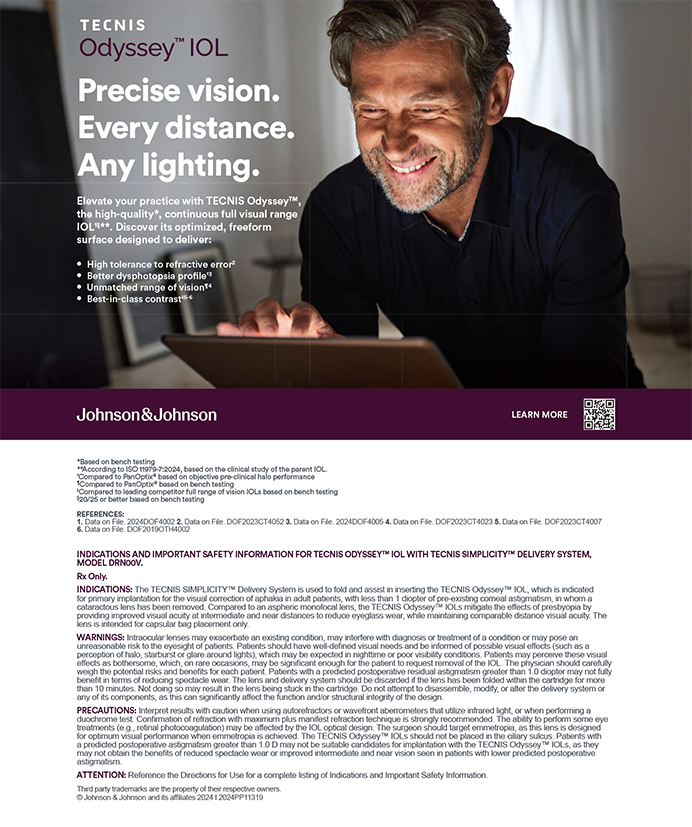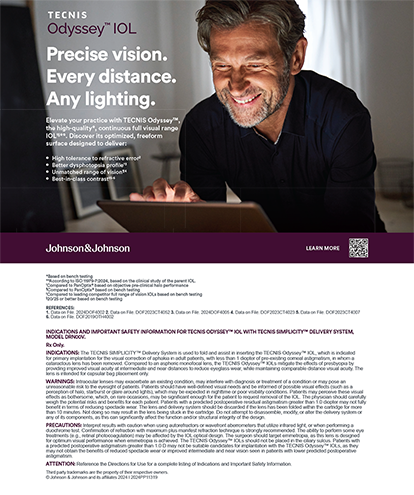
Consider a medical device that you use in your practice every day. This product likely demonstrated very good results in a rigorous FDA clinical trial, and its postapproval results were favorable enough to allow commercial success. You believe in this product, and the evidence-based data support your belief. Yet you can often find respected colleagues who believe just as strongly that this product is something to be avoided. How does this happen?
Our impressions of medical devices are quite rightly influenced by our own clinical experiences. This is particularly true when it comes to complications or visual complaints from patients. These negative experiences can easily result in the phenomenon known as negativity bias, in which, even when events are of equal intensity, we tend to attach greater significance to negative events than positive ones.1
This quirk of human psychology has a profound impact on our decision-making process. We might be aware of clinical trial data showing that, in a given population, the mean values achieved for any given metric are favorable for a technology. But if a couple of our patients fare miserably with it, we might discard the technology. Mean values do not reflect highly individual responses, and thus there is value in both sources of clinical knowledge.
Clinical trials are the gold standard for evidence-based medicine, but, in many cases, observant clinicians will detect complications missed in a clinical trial. As a result, case reports have tremendous value and allow us to maintain a high degree of vigilance for problems, particularly for those that rarely occur. The trick is to place these case reports in the context of the patient’s overall response to a technology.
Negativity bias pervades society in general and social media in particular. Just consider the impact in our small corner of the world. If 99.9% of patients undergoing a surgical procedure have an excellent result, it is unlikely that many of these successful patients will expend the energy to post about it online. Conversely, someone experiencing a complication might be much more motivated to share his or her experience and seek help. The collective voice of online posts is, therefore, highly skewed in the direction of complications. Even in the extremely unlikely event that an equal number of posts were made by happy patients, negativity bias dictates that someone researching a procedure online would develop an inappropriately negative impression. Some aspects of social media have evolved into a quest for more followers and likes, which drives sensationalism. A post stating, “I had eye surgery last month and everything went just fine,” is unlikely to go viral.
Even traditional media outlets must resort to sensationalism to rise above the din of every self-published blogger, poster, and influencer. As a result, we tend to overestimate the risk of almost everything. You will never see a headline stating, “Yesterday, 99.99% of All Americans Were Not Victimized by Violent Crime!” This form of negativity bias stokes fears of terrorism, when traffic fatalities are several thousand times more likely to claim lives.2 Bad news sells, and media reports on surgical procedures tend to place heavy emphasis on complications, even when they are rare.
Negativity bias makes it increasingly difficult for our patients to research and evaluate their surgical options. The online availability of an overwhelming amount of unfiltered information makes our role as clinicians even more critical. Our job is to objectively balance the positive as well as the negative in as unbiased a fashion as possible.
Steven J. Dell, MD | Chief Medical Editor
1. Kanouse DE, Hanson L. Negativity in evaluations. In: Jones EE, Kanouse DE, Valins S, Kelley HH, Nisbett RE, Weiner B, ed. Attribution: Perceiving the causes of behavior. Morristown, New Jersey: General Learning Press; 1972.
2. The comparative threat from terrorism compared to drug poisoning, suicide, traffic accidents, and murder: 1999-2016. Center for Strategic & International Studies. July 23, 2018. https://www.csis.org/analysis/comparative-threat-terrorism-compared-drug-poisoning-suicide-traffic-accidents-and-murder. Accessed April 23, 2019.




